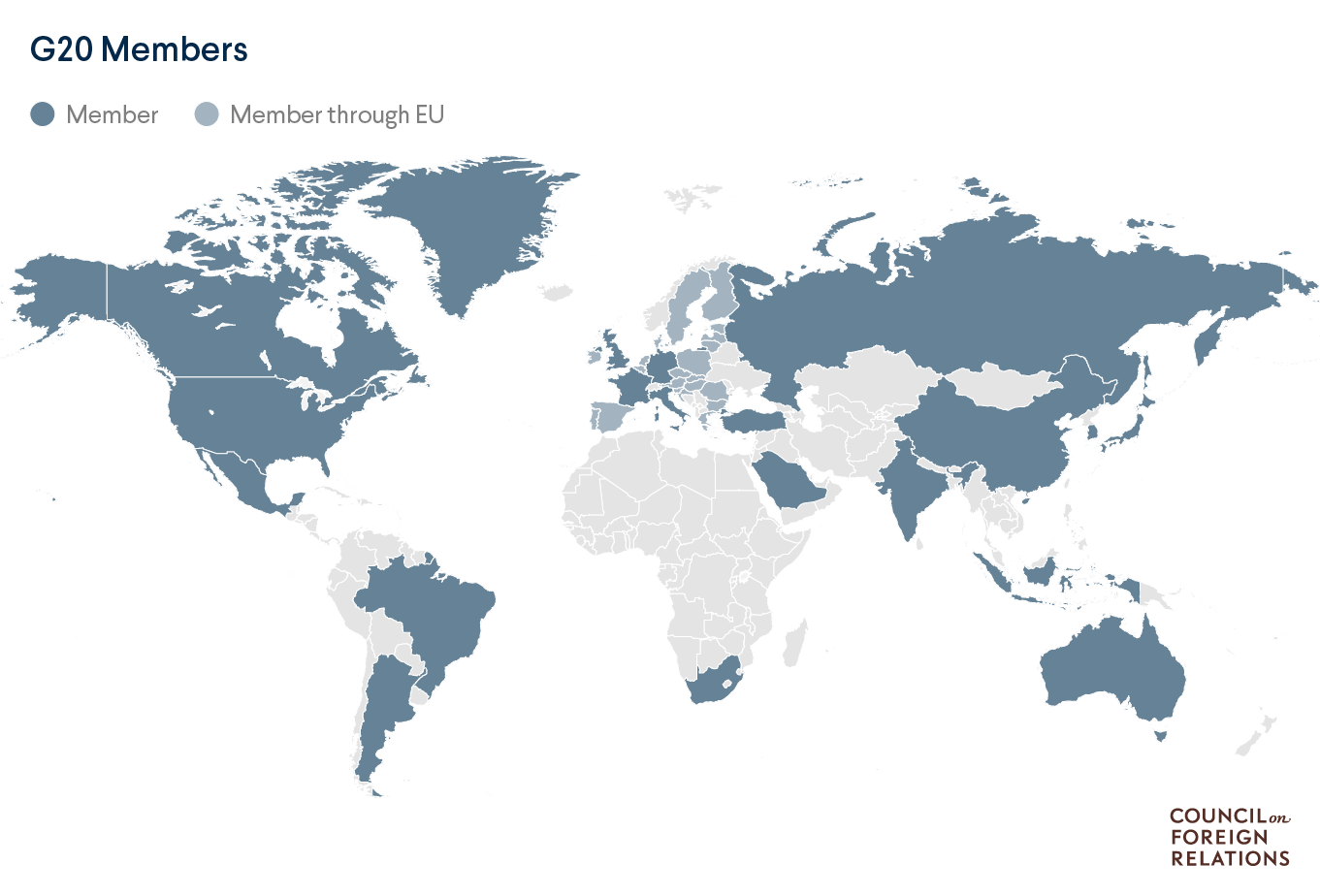The China Factor: Luxury Automakers Face Headwinds

Table of Contents
Intense Domestic Competition
The rise of domestic Chinese luxury brands like Nio, Xpeng, and Li Auto is dramatically reshaping the competitive landscape. These emerging players are not only disrupting the market with competitive pricing but also leveraging cutting-edge technology to appeal to a new generation of discerning Chinese consumers. This intensified competition poses several significant challenges for established luxury brands:
- Increased competition for market share: The influx of domestic brands means luxury automakers are facing a much larger pool of competitors vying for the same customer base. This requires a more aggressive and innovative approach to marketing and product development.
- Pressure on pricing strategies: Domestic brands often offer competitive pricing, putting pressure on established players to adjust their pricing strategies to remain competitive. This can impact profit margins and overall business strategy.
- Need for adaptation to local preferences and technological innovations: Chinese consumers have unique preferences and expectations. Luxury automakers need to adapt their designs, features, and marketing strategies to resonate with these preferences, including embracing the latest technological advancements in electric vehicles and autonomous driving features.
- Analysis of the competitive landscape and market share dynamics: A thorough understanding of the competitive dynamics, including market share analysis of both domestic and international brands, is crucial for strategic planning and resource allocation.
Shifting Consumer Preferences
The Chinese luxury car buyer is evolving. No longer solely focused on established European brands, they are increasingly demanding electric vehicles (EVs) and advanced technological integration. This shift necessitates a fundamental reassessment of product development and marketing strategies:
- Growing demand for electric and hybrid vehicles: The Chinese government's strong push for electric vehicles and stricter emission standards are driving demand for greener options. Luxury automakers must adapt their product lines to meet this growing demand.
- Preference for technologically advanced features and personalized experiences: Chinese luxury consumers are early adopters of technology. Features such as advanced driver-assistance systems (ADAS), seamless connectivity, and personalized infotainment systems are highly valued.
- Emphasis on brand image and social status: While technology is crucial, brand image and social status still play a vital role in purchase decisions. Maintaining a strong brand image and appealing to the aspirations of Chinese luxury buyers is essential.
- Impact of social media and online reviews on purchase decisions: Social media platforms like WeChat and Weibo significantly influence purchase decisions. Luxury automakers must manage their online reputation effectively and engage actively with online communities.
Economic and Geopolitical Uncertainties
Economic fluctuations and geopolitical tensions create further headwinds for luxury automakers operating in China. These external factors can significantly impact consumer spending, supply chains, and overall market stability:
- Impact of economic slowdowns on consumer spending: Economic slowdowns can dampen consumer confidence, leading to reduced spending on luxury goods, including luxury cars.
- Geopolitical risks and their potential disruption to manufacturing and supply chains: Geopolitical tensions can disrupt manufacturing processes and supply chains, impacting production and delivery times.
- Currency fluctuations and their effect on pricing and profitability: Fluctuations in currency exchange rates can affect pricing strategies and profitability.
- Regulatory changes and their influence on market access and operations: Changes in government regulations can impact market access and operational efficiency.
Regulatory and Policy Changes
The Chinese government plays a significant role in shaping the automotive industry. Navigating the complex regulatory landscape is crucial for long-term success. Key regulatory considerations include:
- Stringent emission standards and their impact on vehicle development: China's increasingly stringent emission standards require automakers to invest heavily in research and development to meet these requirements.
- Import tariffs and their effect on pricing and profitability: Import tariffs can increase the cost of imported vehicles, impacting pricing strategies and profitability.
- Government incentives for electric vehicles and their impact on market dynamics: Government incentives for electric vehicles are shaping market dynamics, creating both opportunities and challenges for automakers.
- Navigating complex regulatory frameworks and compliance procedures: Understanding and complying with complex regulatory frameworks is critical for operating successfully in the Chinese market.
Understanding the China Factor for Long-Term Success
The China luxury car market presents significant challenges, including intense domestic competition, shifting consumer preferences, economic and geopolitical uncertainties, and complex regulatory environments. Successfully navigating these headwinds requires adaptability, innovation, and a profound understanding of the Chinese market. Luxury automakers must prioritize localization, technological innovation, and strong brand building to thrive in this dynamic and competitive environment. To ensure long-term success, invest time in thorough China market analysis for luxury automakers and develop strategies that address these specific challenges. Learn more about developing effective China luxury car market strategies and overcoming challenges in the Chinese automotive market to secure your place in the future of luxury cars in China.

Featured Posts
-
 Blockbusters A Deep Dive Into The Bgt Special
May 22, 2025
Blockbusters A Deep Dive Into The Bgt Special
May 22, 2025 -
 Soaring Us China Trade Impact Of The Trade Truce Extension
May 22, 2025
Soaring Us China Trade Impact Of The Trade Truce Extension
May 22, 2025 -
 Exclusive Mummy Pigs Gender Reveal Party At A Famous London Spot
May 22, 2025
Exclusive Mummy Pigs Gender Reveal Party At A Famous London Spot
May 22, 2025 -
 Massive 11 6 Billion Investment Fuels Open Ais Exclusive Texas Data Center
May 22, 2025
Massive 11 6 Billion Investment Fuels Open Ais Exclusive Texas Data Center
May 22, 2025 -
 Did Blake Lively And Taylor Swift Recover Their Friendship Following Recent Legal Battles
May 22, 2025
Did Blake Lively And Taylor Swift Recover Their Friendship Following Recent Legal Battles
May 22, 2025
Latest Posts
-
 The Blake Lively Allegations What We Know So Far
May 22, 2025
The Blake Lively Allegations What We Know So Far
May 22, 2025 -
 The Blake Lively Taylor Swift And Gigi Hadid Drama Family Stands Strong
May 22, 2025
The Blake Lively Taylor Swift And Gigi Hadid Drama Family Stands Strong
May 22, 2025 -
 Blake Lively Allegedly Fact Checking Recent News Stories
May 22, 2025
Blake Lively Allegedly Fact Checking Recent News Stories
May 22, 2025 -
 Blake Lively And The Hadid Swift Feud Family Support In The Spotlight
May 22, 2025
Blake Lively And The Hadid Swift Feud Family Support In The Spotlight
May 22, 2025 -
 Blake Lively Alleged Controversies And Speculations
May 22, 2025
Blake Lively Alleged Controversies And Speculations
May 22, 2025
